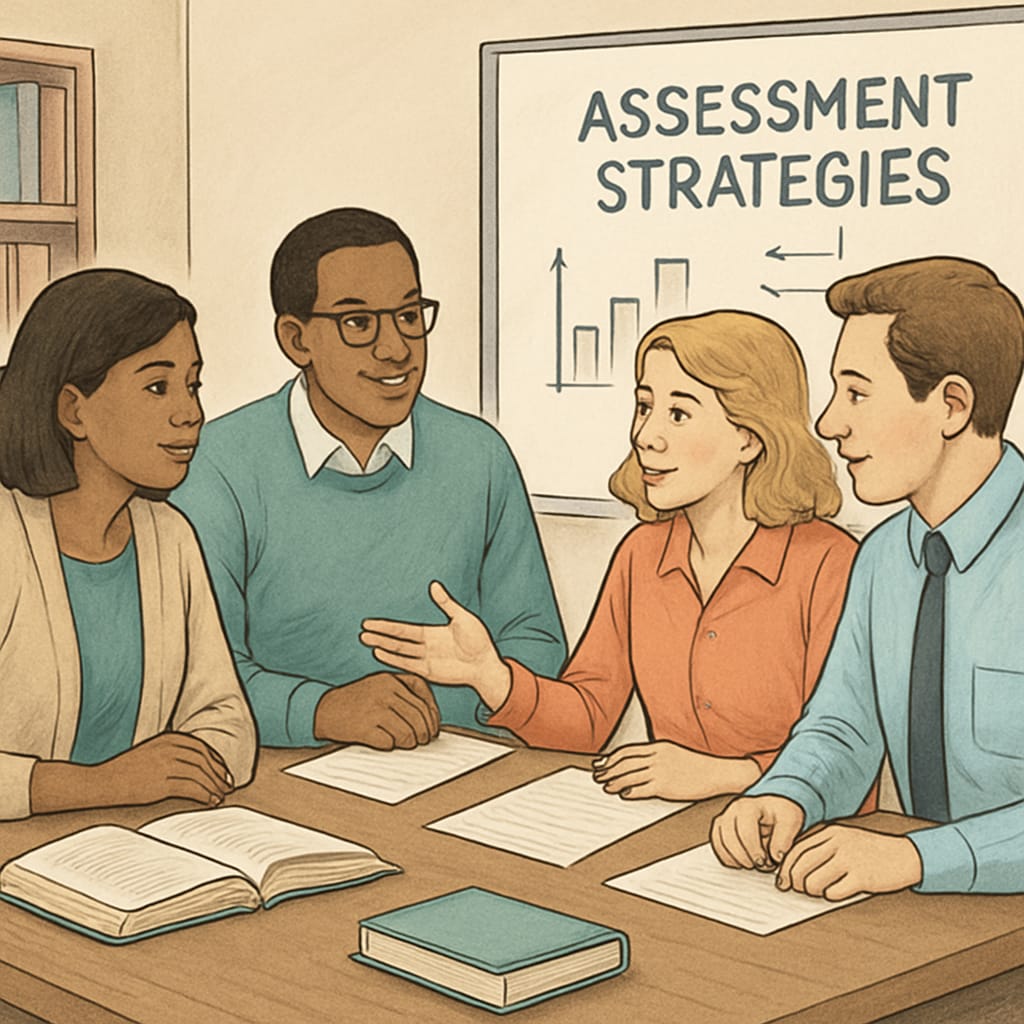Traditional education systems, particularly in K12 education, have long relied on grades as the primary measure of student success. However, this grade-centric approach to learning assessment often fails to capture the full spectrum of a student’s abilities, growth, and potential. While grades can offer a snapshot of performance, they are far from a comprehensive picture of learning effectiveness. This article explores the limitations of grade-based assessments and proposes a shift toward more holistic and developmental evaluation frameworks, encouraging educators and policymakers to rethink what truly defines effective learning indicators.
Why Grades Alone Fall Short in Measuring Learning
Grades are often equated with academic success, but they provide a limited view of a student’s capabilities. For example, grades primarily measure a student’s ability to perform well on tests or complete assignments, but they rarely account for critical skills such as creativity, problem-solving, collaboration, and emotional intelligence. These are essential competencies for success in the 21st century, yet they remain underrepresented in traditional assessment models.
Moreover, grades can oversimplify the learning process. A single letter or number cannot reflect the nuances of a student’s effort, progress, or challenges. For instance, two students with the same grade in math may have vastly different levels of understanding, with one mastering fundamental principles and the other merely memorizing formulas. This disconnect raises questions about whether grades can truly serve as reliable learning indicators.

Toward a Multi-Dimensional Assessment Framework
To move beyond grades, educators need to adopt a multi-dimensional approach to assessment. This involves incorporating diverse methods to evaluate not just what students learn, but how they learn and grow over time. Below are three strategies for building a more effective evaluation system:
- Real-Time Feedback: Continuous, real-time feedback allows students to understand their strengths and areas for improvement immediately. Tools like digital portfolios and learning management systems can facilitate this process.
- Developmental Assessments: Rather than focusing solely on outcomes, developmental assessments emphasize progress. For example, tracking a student’s improvement in critical thinking skills or teamwork over a semester can provide a richer understanding of their growth.
- Performance-Based Evaluation: Project-based learning and presentations can be used to assess how students apply their knowledge in real-world scenarios, offering a more comprehensive view of their capabilities.
These strategies not only provide a more accurate measure of learning effectiveness, but they also encourage students to take ownership of their education, fostering intrinsic motivation and lifelong learning skills.
The Role of Educators and Policymakers in Driving Change
Transitioning from a grade-centric system to a holistic evaluation framework requires the active participation of both educators and policymakers. Teachers need professional development programs to equip them with the tools and methodologies for implementing multi-dimensional assessments. Policymakers, on the other hand, must revise educational standards and funding priorities to support these changes.
Additionally, schools should engage parents and communities in this shift. Transparent communication about the benefits of diverse assessment methods can help build trust and collaboration among all stakeholders. For instance, schools can host workshops or webinars to explain the value of performance-based evaluations and real-time feedback tools.

Conclusion: Rethinking Effective Learning Indicators
The limitations of grade-based assessments underscore the need for a paradigm shift in how we evaluate student success in K12 education. By embracing diverse, real-time, and developmental evaluation methods, we can create a more equitable and comprehensive system that values every aspect of a student’s growth. This transformation requires collaboration among educators, policymakers, and communities, but the potential benefits for students—and society—are well worth the effort.
As we move forward, the question we must continually ask is: Are we measuring what truly matters? Only by redefining effective learning indicators can we ensure that our education systems prepare students for the complexities of the modern world.
Readability guidance: Short paragraphs and clear headings improve readability. Lists summarize key points effectively. The article maintains a balance between academic and accessible language, making it suitable for a wide audience.


